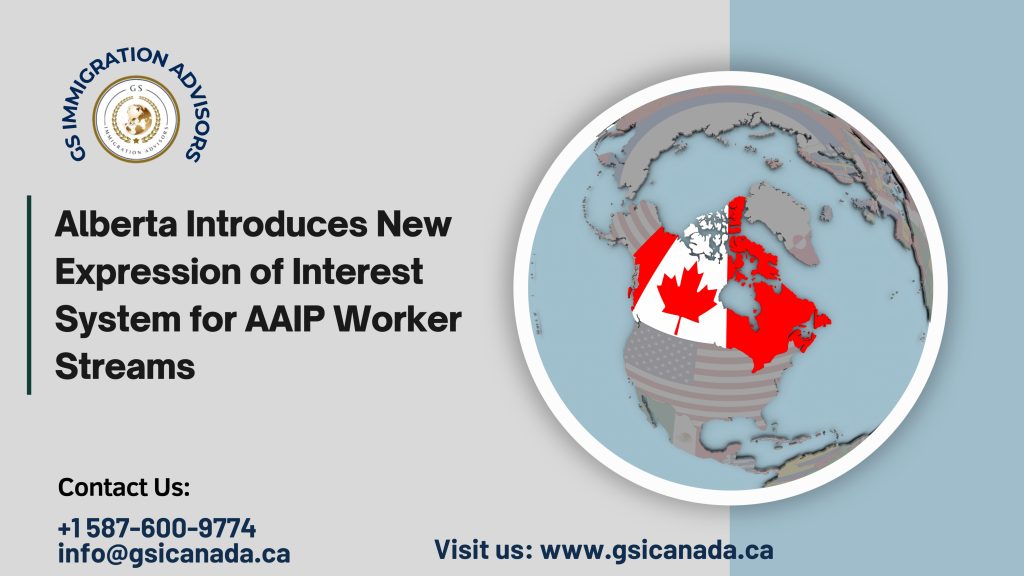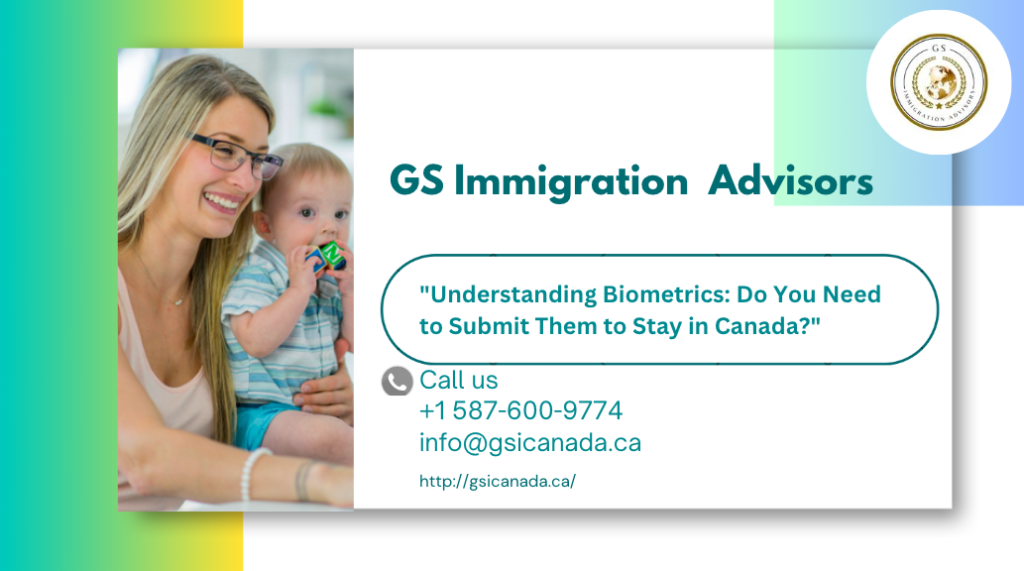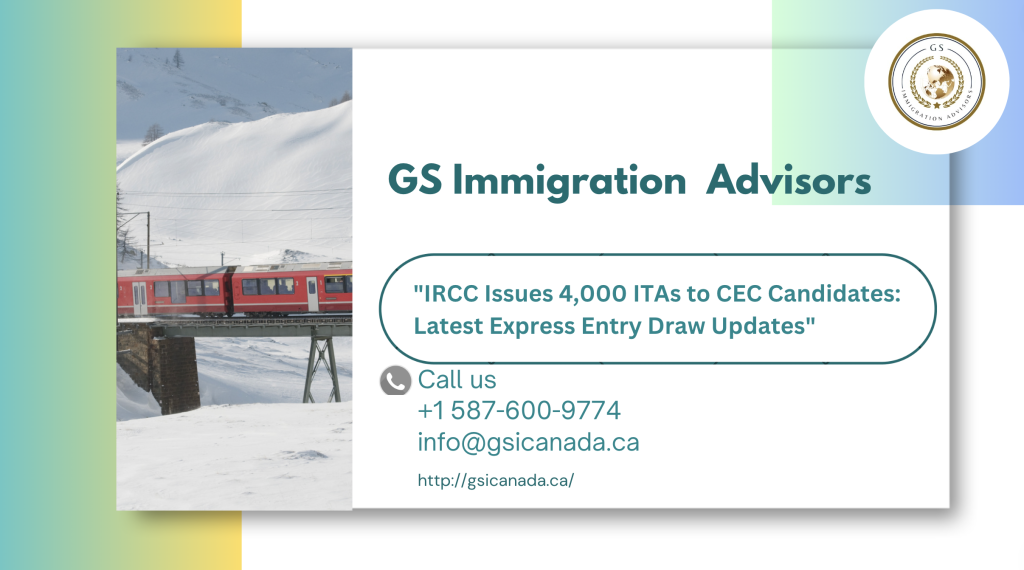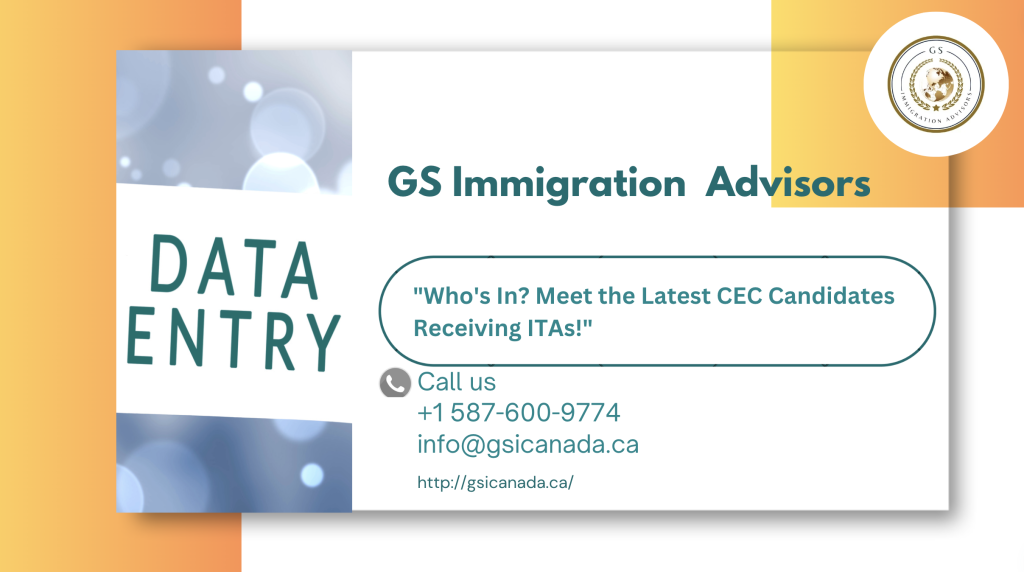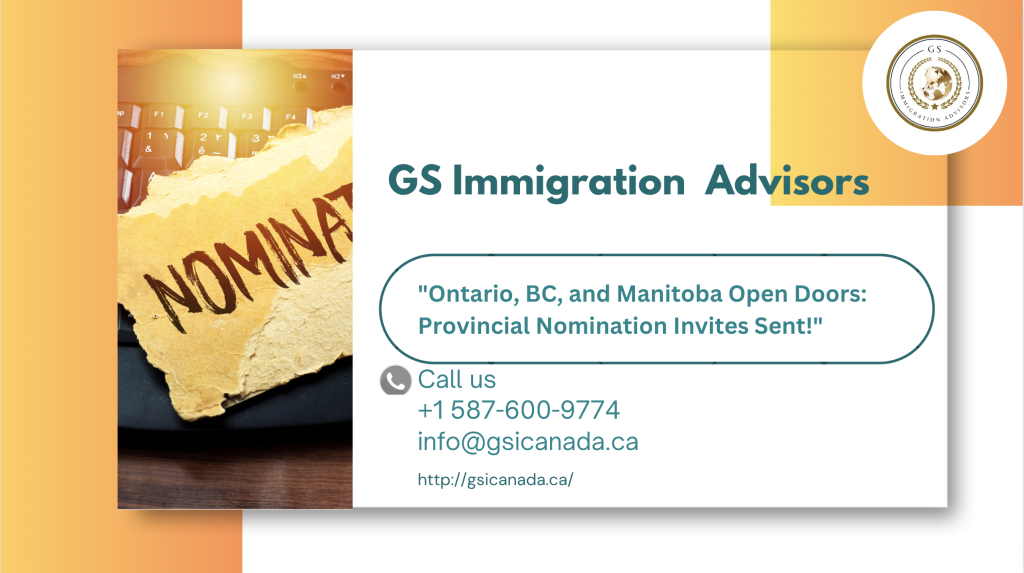Alberta Introduces New Expression of Interest System for AAIP Worker Streams
As of September 30, Alberta has updated its process for issuing Expressions of Interest (EOIs) for certain Alberta Advantage Immigration Program (AAIP) worker pathways. Now, candidates wishing to apply to one of the AAIP worker streams must first submit a Worker Expression of Interest (EOI) through the AAIP portal. To complete this, applicants need to fill out an online form providing personal and professional details. Once submitted, they will be added to the Worker Stream pool for selection, and there’s no cost associated with submitting an EOI. Discover if You Are Eligible for Canadian Immigration The new Worker EOI system will rank candidates based on a points-based framework, similar to the federal Comprehensive Ranking System (CRS). Points will be awarded for human capital factors such as education level (with additional points if the education was completed in Alberta), language proficiency, and work experience (with Alberta-based experience carrying more weight). Factors like age and family connections in Alberta will also contribute to a candidate’s overall score. Candidates with higher scores will have a better chance of being chosen for a provincial nomination, and selected applicants will receive invitations via email. Alberta has also emphasized that candidates cannot submit a Worker EOI if they have an existing Worker or Entrepreneur EOI, or if they have a pending or active AAIP application. In these cases, previous applications or EOIs must be withdrawn before creating a new Worker EOI. There’s no immediate urgency to submit EOIs, as Alberta won’t begin holding worker stream draws until mid-to-late October. Alberta Worker Streams Earlier in 2023, Alberta adjusted its approach to accepting applications for Worker streams to better address overwhelming demand and meet labor market needs. In June, the province announced it would only accept a limited number of applications into the pool each month. If the target number was reached before the deadline, further applications would be paused until the next period. This system aims to manage processing times more effectively and align with Alberta’s allocation of 9,750 Provincial Nominee Program (PNP) nominations granted by Immigration, Refugees, and Citizenship Canada (IRCC) for 2024. The changes affect the following streams: Alberta Opportunity Stream Rural Renewal Stream Accelerated Tech Pathway Tourism and Hospitality Stream The new approach is designed to offer candidates multiple chances to apply throughout the year while maintaining access to the program year-round. Demand for the Alberta Opportunity Stream has been particularly high in 2023, causing the province to temporarily stop accepting applications for this stream between February and June. The pause allowed the AAIP to manage its current inventory of applications more efficiently and focus its limited nominations on priority sectors like healthcare, technology, construction, agriculture, tourism, hospitality, and other high-demand industries in Alberta. Discover if You Are Eligible for Canadian Immigration

